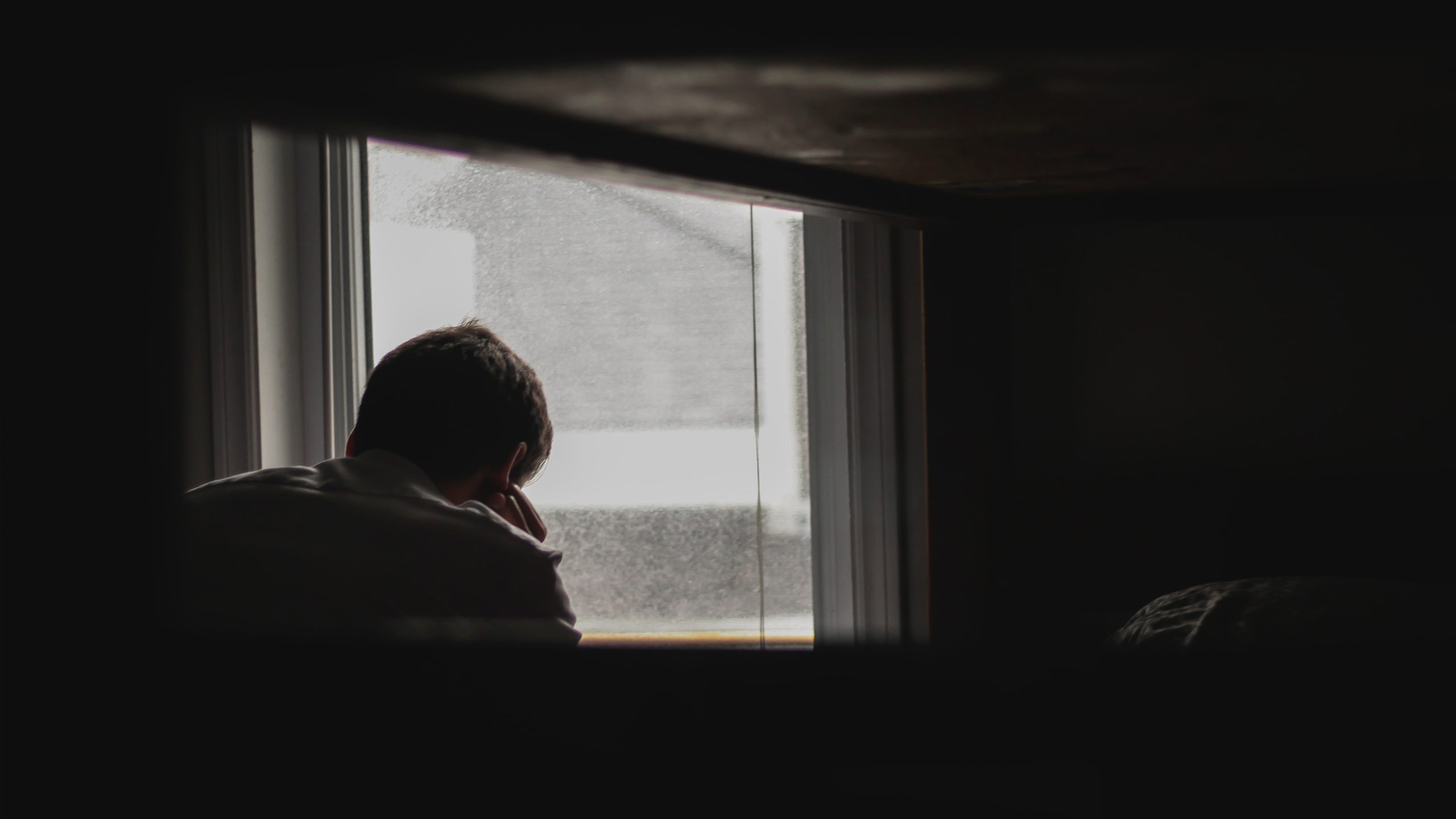According to National Comorbidity Survey Replication (NCS-R), an estimated 21.4% of U.S. adults experience any mood disorder at some time in their lives.
So what are the mood disorder signs and symptoms?
To understand that, let’s start with basics. Mood is defined as a temporary state or quality of feeling at a particular time. Your mood can be happy, sad, or angry at a time. It is a sustained and prevalent feeling tone which is experienced internally. This tone has an effect on all your behavior in the external world.
If your general mood is twisted or incompatible with your circumstance and it prevents you from functioning normally, then it is called a mood disorder. You could be extremely sad, depressed, angry or excessively happy. Mood disorder can affect anyone, including children, teenagers and adults.
Today, we will discuss mood disorders in detail.

What are the 10 Mood Disorders?
There are many types of mood disorders that affect a human at certain times of his life. Let’s discuss some examples of mood disorders.
- Depression or Major depressive disorder: It causes you feelings of extreme sadness and a makes you uninterested in activities that you were once interested in. It leads to many physical and emotional difficulties because your ability to perform at work, school or at home is highly decreased.
- Persistent depressive disorder (dysthymia): It is a long term chronic form of depression.
- Seasonal depression or Seasonal Affective Disorder (SAD): When depression happens at the same time of the year and makes you lack energy and motivation for your usual activities, it is called seasonal depression, also known as seasonal affective disorder (SAD).
- Postpartum depression (PPD): It is a form of postpartum mood disorder in which a woman gets depressed after giving birth to a baby. It causes sadness, worry and fatigue and can continue for a long time after giving birth.
- Mood disorder due to medication or substance use: This occurs when you start taking a medication or substance or after its withdrawal.
- Mood disorder due to a medical condition: A medical condition can cause persistent depressed mood and major loss of interest in normal activities.
- Bipolar disorder: This is often referred to as manic depression or bipolar affective disorder. It is a form of depression in which there is an interchanging time of mania and depression.
- Disruptive mood dysregulation disorder: It is a disorder among children in which there is chronic and stubborn irritability. It includes recurrent bouts of temper surges which can be regarded as uneven with the development age of children.
- Premenstrual dysphoric disorder: It is a disorder in which a woman has mood swing disorder and irritable behavior during the premenstrual phase. This goes away after the start of menses.
- Cyclothymic disorder: It is a less severe form of bipolar disorder. It causes emotional ups and downs.
What are the Causes of Mood Disorders?
The exact cause of developing anxiety mood disorder is not known, but doctors think that it is a combination of following factors:
- Inherited mental health conditions from one or both parents
- Imbalance in the brain chemicals
- The social and environmental stressful experiences like family disputes, childhood abuse, trauma, death of a close person and lack of social support

What are Mood Disorder Signs and Symptoms
Mood disorder signs and symptoms vary according to its types. Usually mood disorders symptoms have an effect on your mood, thinking, sleeping, eating and energy levels.
Depressive mood disorders symptoms include:
- Feeling of sad, worthless and hopeless all the time
- Finding difficulty focusing and concentrating
- Difficulty falling asleep or oversleeping
- Losing appetite or overeating
- Displeasure of activities that previously gave pleasure
- Lacking energy
- Having suicidal thoughts
Bipolar disorder symptoms of manic episodes include:
- Running thoughts
- Feeling irritated and restless
- Taking daring activities like riding fast
- Difficulty falling asleep or insomnia
- Feeling extremely happy or thrilled
- Having fast movement or speech
What are the Treatments for Mood Disorder?
There are many mood disorders treatment plans that can be applied after you have medically gone through mood disorders test. Some of the mood disorder treatments you can try include:
Intervene early
If you think you or someone you know suffers from mood disorder, then an early intervention is necessary. With early intervention, you can find the right cause and the right treatment at the earlier stages of life to get hold of the problem before it progresses.
Focus on the positive
Instead of focusing at the problem, develop hobbies and interests that you find interesting and entertaining. Go for long walks in the morning to clear your head. Follow a lifestyle prescribed by your doctor to gain maximum benefits.
Rationalize your extreme thoughts
When you find yourself stuck with extreme thoughts, try to rationalize them with logical explanations. In your mind, you are already aware that your current mood is not in consistency with normalcy.
Use affirmations to create a healthy thought pattern
Affirmations have special powers to turn them into reality. When you keep repeating affirmations throughout the day, your subconscious mind starts finding ways to make it a reality. Keep repeating your affirmations throughout the day. You have to get rid of all your negative thoughts, and turn them into positive thoughts – “I will be healthy soon”, and “I will accomplish that”.
Focus on meditation and mindfulness techniques
As a mood disorder treatment, certain meditation and mind power techniques can be included, in which, you can do stress management and find out how to cope with your mood disorder. These are one of the therapy techniques you can start on your own.
Spend time with those who care about you
If you are not willing to visit a doctor or therapist for mood disorder treatment and don’t wish to talk about what you are going through, spending time with those who understand and care about you, is a good option. Spending time with them will make you think less about your depression and get you in touch with what they are doing. You will start realizing the fact that life goes on and you have to move on, no matter what.
Indulge in recreational activities
It is always a good idea to engage yourself in recreational activities to reduce the symptoms of stress and anxiety. You can go for early morning walk, running, cycling, or even just sitting by a beautiful serene place and watching the nature.
Pamper and love yourself
Taking care of yourself should be your priority. Follow a proper healthy diet, sleep and exercise pattern. You should always take time to relax yourself.
Use talk therapy (psychotherapy)
For non-serious and mild symptoms, psychotherapy is a good option because, during psychotherapy, a therapist will not only discuss your disorder but also consider your views and feelings as you describe them. There are many types of psychotherapy. The therapist will decide which type is suitable for you.
Try medications
If the intensity of your mood disorders symptoms is high, the doctor can recommend certain medications of anti-anxiety, anti-psychosis, anti-depressants, and mood stabilizers to help you cope with the extremity of the problem. Medications are often used in combination with psychotherapy. Typical medications for mood disorders include antidepressants, mood stabilizers and antipsychotics.
A mood disorder is a mental health illness affecting your emotional being. You can have longer periods of lows and highs. They can cause you to have long periods of sadness, rage and anxiety. But, good news is that mood disorders can be cured with the right treatment. So, if you or someone you know exhibits any of the symptoms from the list of mood disorders, take the proper steps towards its cure.
Like what you read?
- Connect with us, here.
- Have a question? Ask us.
- Read more, check out: How to Overcome Anxiety Disorder – Signs, Symptoms, and Treatment





